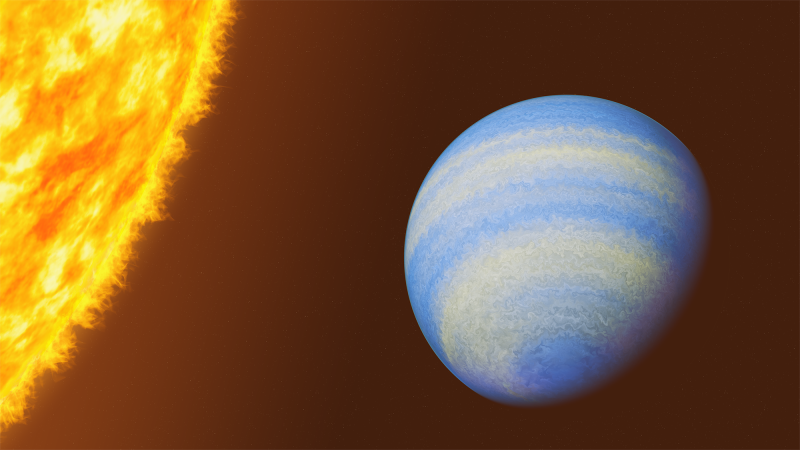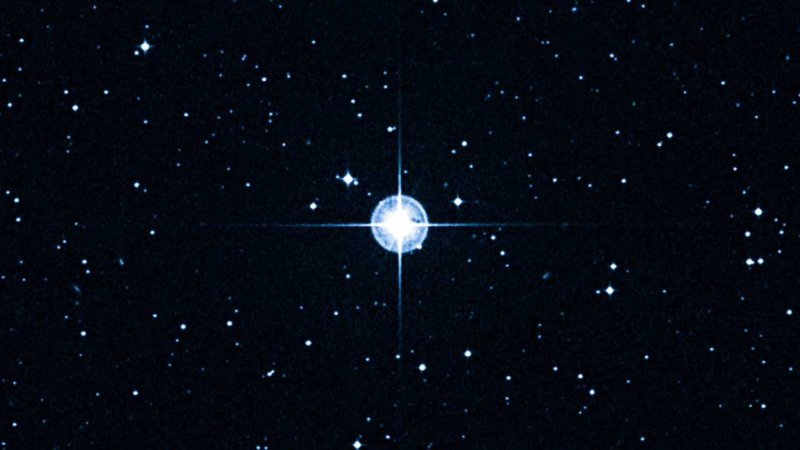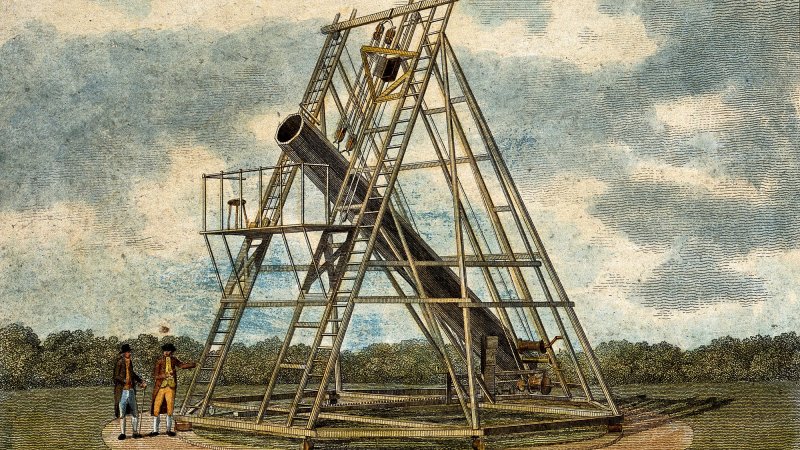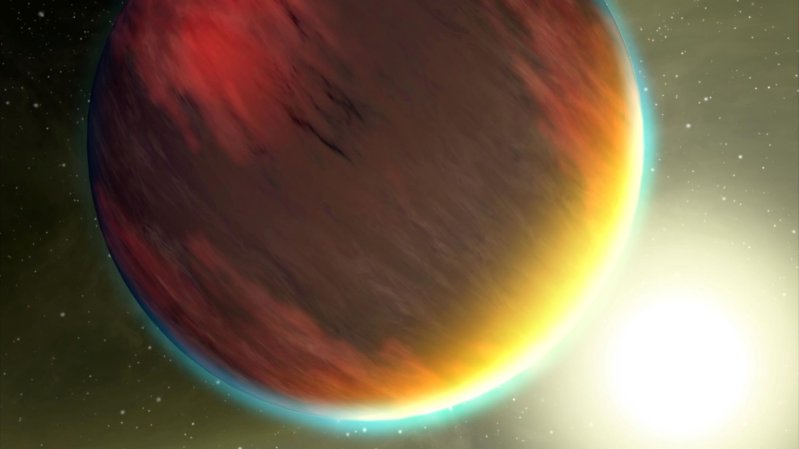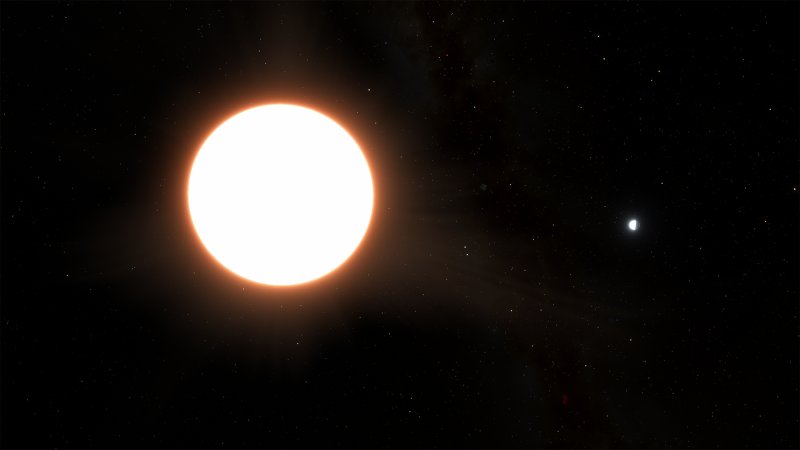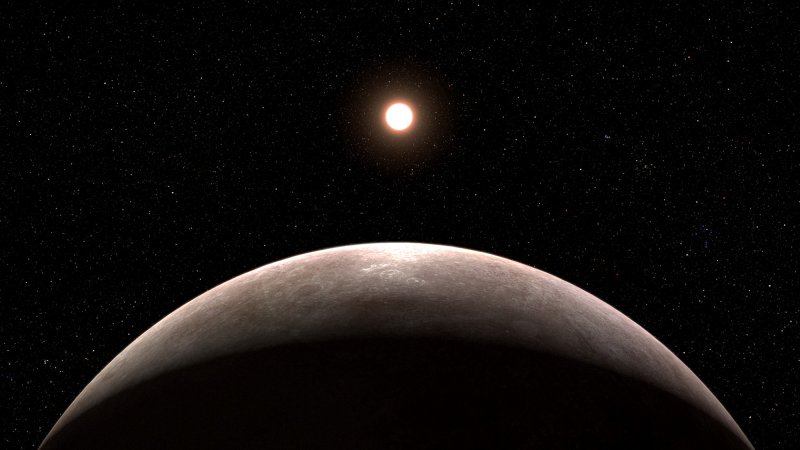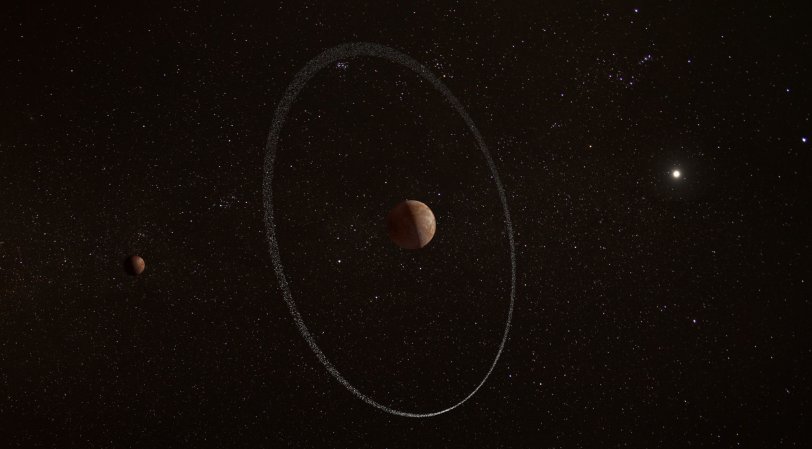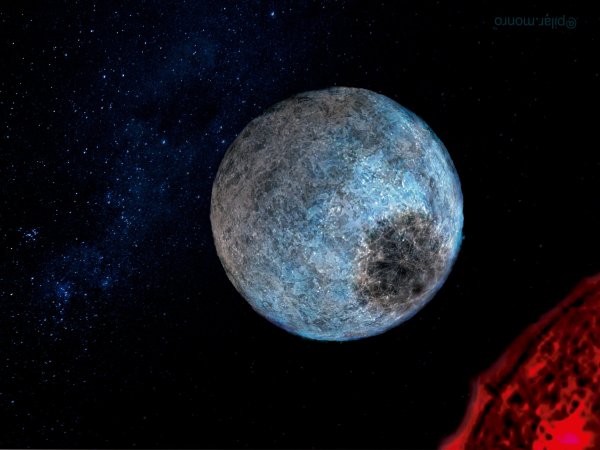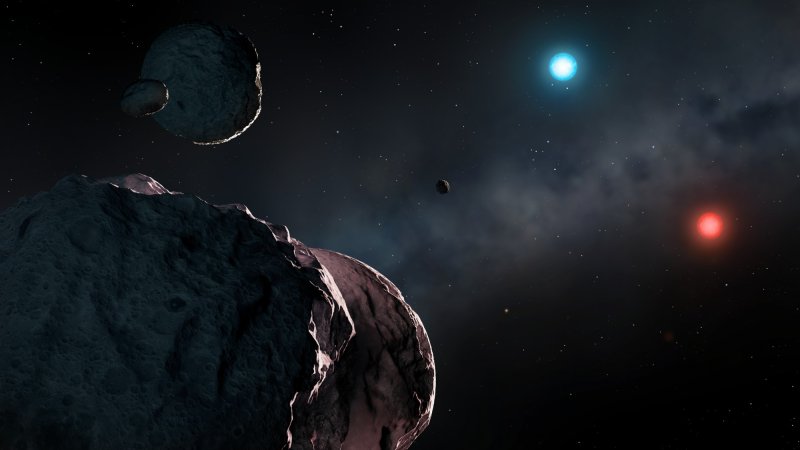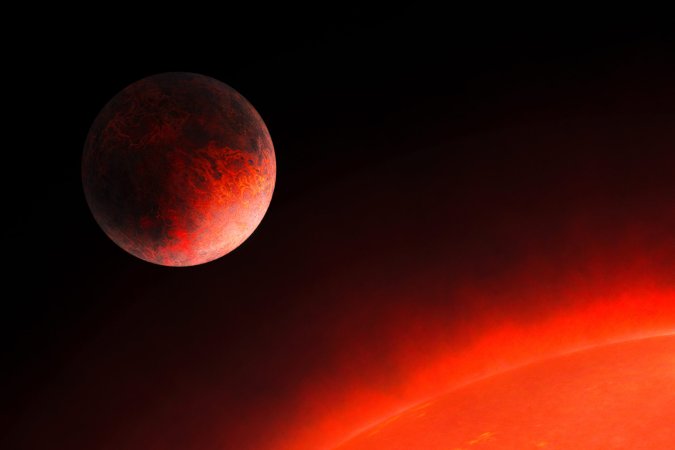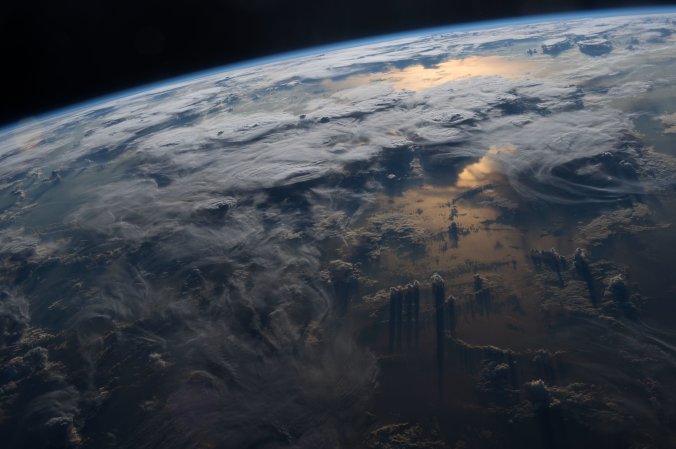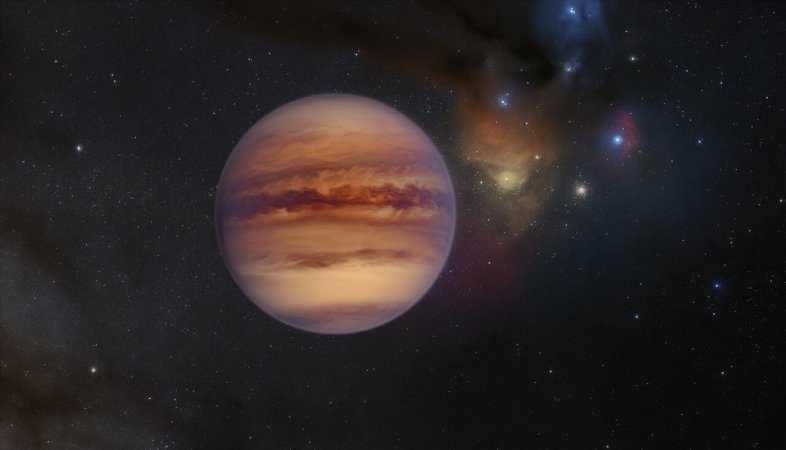If you have a big pile of Lego blocks, there are a multitude of possibilities for what you can make. If you have just a handful of Legos, you can maybe assemble one creation before you run out. But as your pile keeps shrinking, at a certain point you won’t have enough Legos to make anything interesting—just a brick or two to stack together.
The process of making planets is actually somewhat like building a Lego creation. New research in the Astronomical Journal using observations from NASA’s Transiting Exoplanet Survey Satellite (TESS) reveals a never-before-seen limit where there simply aren’t enough of the right elements to make rocky planets like Earth.
Stars and their planets form from large clouds of gas and dust floating in space. First, the cloud’s core collapses under gravity to form the central star, and then the remaining material coalesces into planets in orbit around that center. The key takeaway here is that stars and their planets form from the same stuff—that is, whatever mixture of elements we see in the star tells us about the building blocks available for planets in that system.

The amount of metals (which in astronomer lingo means anything heavier than hydrogen and helium) in a star is known as its metallicity. Stellar metallicity is “one of the first knobs we turn when doing all sorts of simulations of stars, disks, and planets,” says Jonathan Brande, an astronomer at the University of Kansas not involved in the new study.
Metallicity can also tell us how old a star is in the context of the universe’s lifetime. Heavier elements are formed in the cores of stars and the catastrophic supernova explosions of the biggest stars, so it simply takes time to make these materials. Astronomers therefore expect that the first generations of stars had low metallicities, simply because “fewer heavier elements had been formed when they were born,” adds Brande.
As we can see in our solar system, planets are largely made up of elements other than hydrogen and helium. Accordingly, astronomers have long theorized that a star with lower metallicity would have fewer planets, owing to the lack of elemental building blocks to create them. Observations have also shown that Jupiter-like planets “have a strong correlation with metallicity, meaning that the lower the metallicity the less likely you are to form them,” explains lead author Kiersten Boley, an astronomer at The Ohio State University.
The trend of fewer planets for lower metallicity couldn’t continue forever, though. At some point, you’d simply run out of cosmic Lego blocks to make any planet-sized objects. But no one had actually seen evidence of this “metallicity cliff,” the point where stars run out of planetary construction materials—until now.
Following the logic of “lower metallicity means fewer planets,” previous exoplanet-hunting telescopes like Kepler specifically targeted Sun-like stars. This strategy aimed to increase the chances of discovering new planets. As a result, many of the known exoplanets orbit stars with very similar amounts of metals to our Sun.
NASA’s newer exoplanet-specific satellite (and Kepler’s successor), TESS, followed a different plan. “TESS was a game changer,” says Boley. This mission observed stars of all types across the night sky, showing us what exoplanets were like in different parts of the galaxy, around different types of stars, and more.
“Kiersten searched the 100,000 most metal-poor stars with TESS for small planets,” explained Jessie Christiansen, Chief Scientist of NASA’s Exoplanet Science Institute and a co-author on the study, on X. “If the metallicity trends of Kepler and K2 continued past stars with ~1/3 of the heavy elements of the Sun, she should have found 68 super-Earths.”
“Sixty-eight,” emphasized Christiansen. “She found zero.”
Clearly, there is a limit where the building blocks simply run out. “Like other planet types, super-Earth formation is also difficult for metal-poor stars,” says Boley.
Given that the first stars were nearly devoid of metals, it’s possible that those stars simply didn’t have any planets. Planets “likely only began to form around 7 billion years, nearly half the lifetime of the galaxy,” adds Boley.
This has fascinating implications for how long life might have been around in our Milky Way. “We know life arose on earth within a billion years of its formation about 3-4 billion years ago,” says Brande. Based on the new information from TESS, that means life on Earth formed “maybe about as early as it ever could’ve formed given galactic conditions,” he adds.

